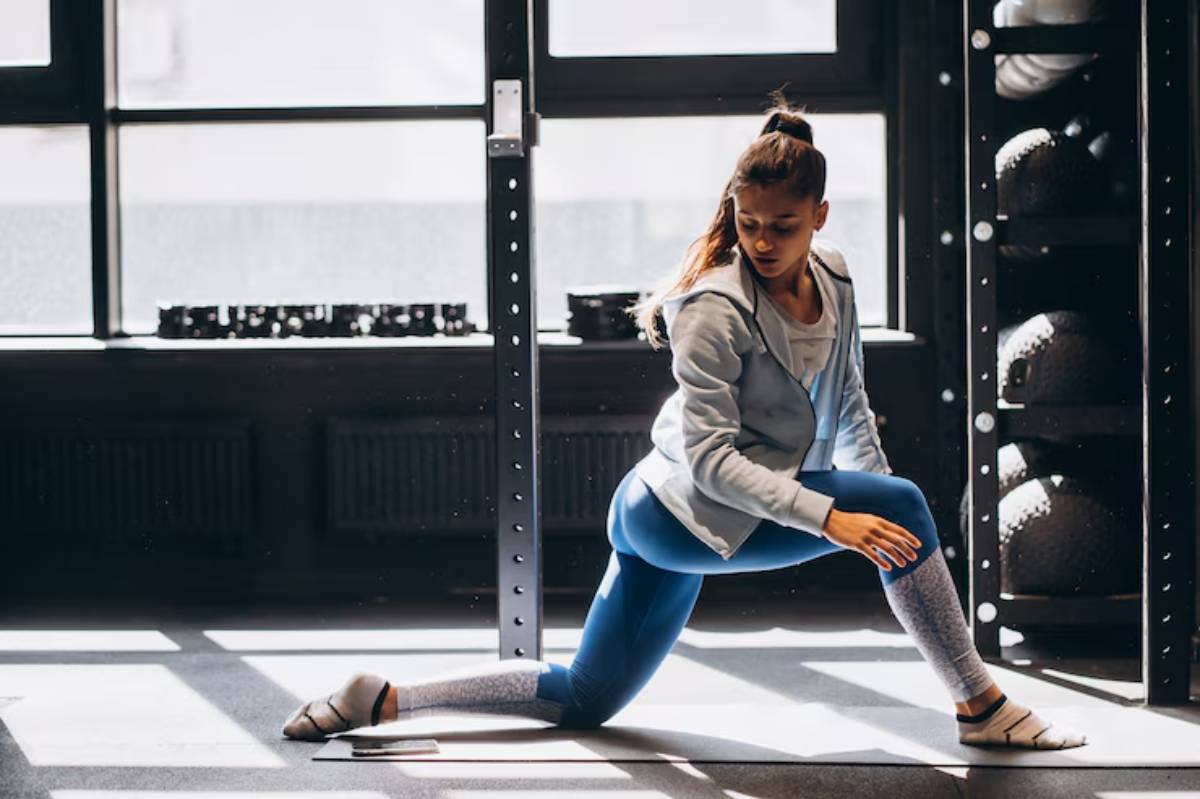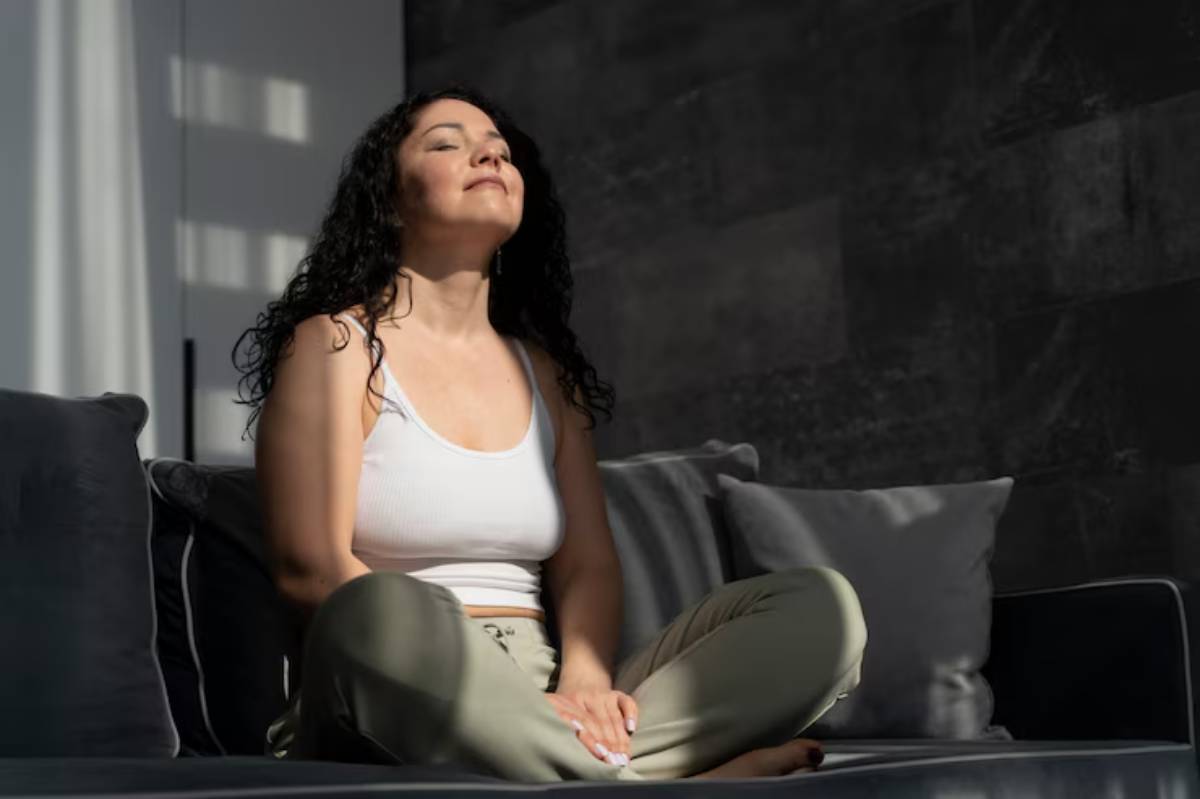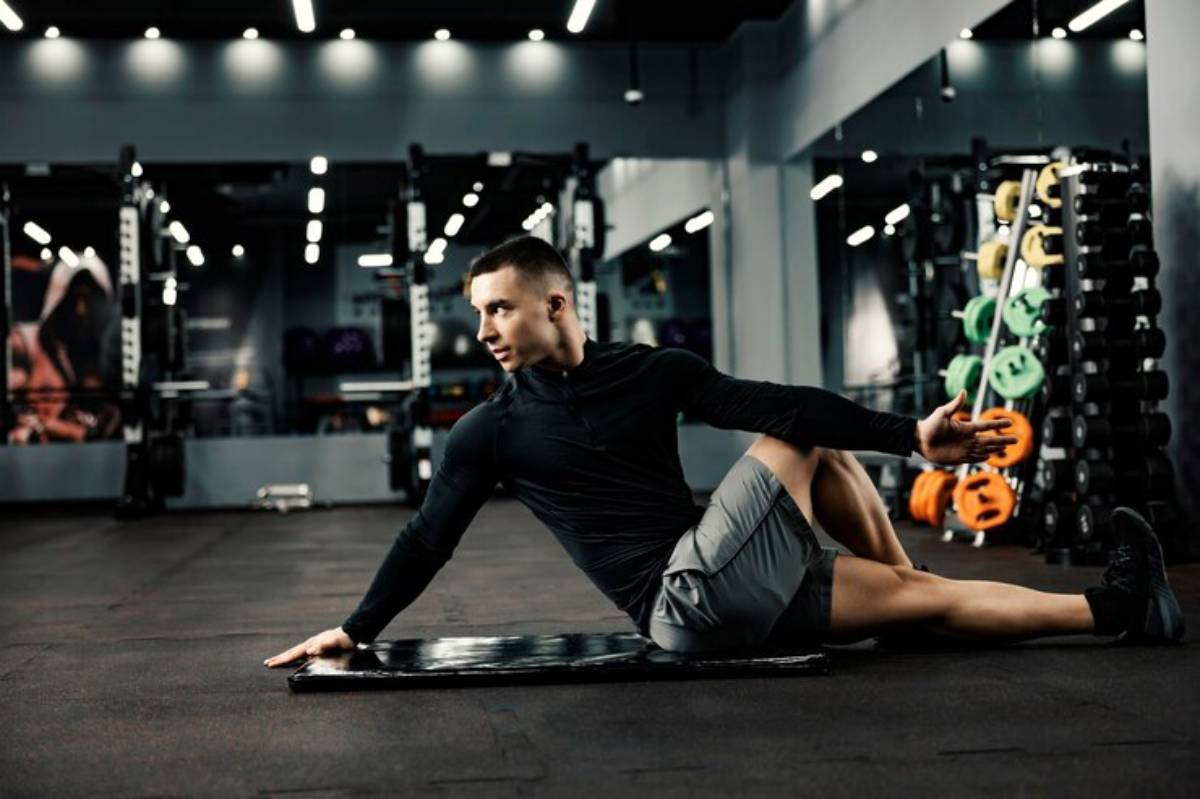
Full-Body Mobility Routine for Lifters
You warm up, lift, and stretch (maybe). But if you skip mobility work, you could be sacrificing strength, safety, and performance.
Mobility isn’t just for yoga lovers or rehab patients—it’s a crucial piece of the puzzle for lifters of all levels. Whether you’re chasing a new personal best or just want to lift pain-free for the long haul, a lifting warm-up routine that includes range of motion drills can be your secret weapon.
In this article, we’re diving into a full-body mobility routine for lifters—one that actually makes a difference. We’ll cover why mobility matters, how to build an efficient mobility circuit, and which drills provide the most bang for your buck. No fluff, no gimmicks—just practical movement strategies for stronger, smoother lifting.
Why Lifters Need Full-Body Mobility
It’s Not Just About Flexibility
Mobility is your ability to move a joint through its full range, with control and stability. Unlike passive stretching, mobility work involves active movement, engaging muscles and preparing joints for action.
When you lift, every joint in your body contributes to the movement:
- Hips and ankles for squats and deadlifts
- Shoulders and thoracic spine for presses and pulls
- Wrists and elbows for overhead work and Olympic lifts
If any link in the chain is tight or restricted, your mechanics break down. And that’s when pain, plateaus, and compensations sneak in.
The Real Benefits of Mobility for Lifters
Building mobility into your routine delivers powerful benefits:
- Better form: You can hit proper positions without compensating or forcing reps.
- Injury prevention: Mobility reduces stress on joints and soft tissues under load.
- More strength potential: Optimal positioning means better leverage and more efficient lifting.
- Faster recovery: Improved circulation and movement quality aid tissue repair.
- Increased longevity: You’ll stay lifting well into your later years, without relying on painkillers.
Mobility isn’t just prep—it’s performance insurance.
How to Structure a Full-Body Mobility Circuit
Mobility Should Be Simple, Intentional, and Repeatable
The best mobility circuits are:
- Time-efficient (10–15 minutes)
- Target key movement patterns (squat, hinge, press, rotate)
- Blend dynamic and controlled mobility
- Match your training session (e.g., squat day = hip and ankle prep)
A good circuit covers:
- Hips and ankles (squats, lunges, hinges)
- Thoracic spine and shoulders (overhead and bench work)
- Wrists and elbows (pressing, cleans, snatches)
- Core engagement (connects everything)
Let’s look at movement options for each area.
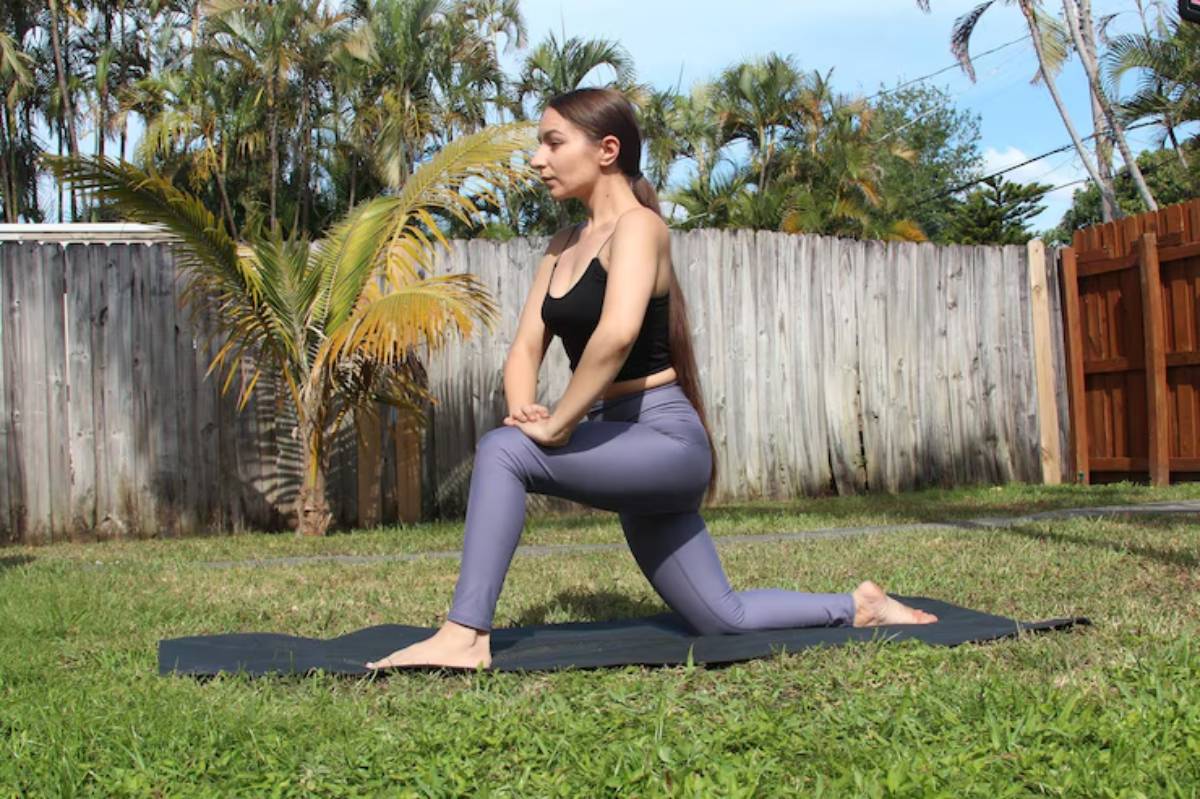
Lower Body Mobility: Hips and Ankles
1. World’s Greatest Stretch
Targets: Hips, adductors, T-spine
Why: This dynamic stretch hits multiple problem areas in one go. Step into a deep lunge, rotate, and reach overhead. It preps you for squats, deadlifts, and lunges.
2. Ankle Rockers (Wall or Loaded)
Targets: Ankle dorsiflexion
Why: Poor ankle mobility limits squat depth and forces your heels to lift. Ankle rockers gently restore that range.
Try this: Kneel or stand facing a wall. Keep the heel down and drive your knee forward past the toes.
3. 90/90 Hip Rotations
Targets: Hip internal and external rotation
Why: Stiff hips lead to poor depth, knee cave, and hip pain. This drill builds active control, not just passive stretch.
Move slowly between each position with focus, not momentum.
Upper Body Mobility: Shoulders and Thoracic Spine
4. Quadruped Thoracic Rotations
Targets: Mid-back and scapular control
Why: Overhead pressing and front squats rely heavily on T-spine mobility. If you’re stiff here, your lower back ends up doing the work.
In a tabletop position, place one hand behind your head and rotate towards the sky. Keep your hips steady.
5. Wall Slides with Chin Tuck
Targets: Scapular upward rotation, serratus activation
Why: Essential for pressing safely and comfortably overhead.
Stand against a wall with arms in a goalpost shape. Slide up slowly while keeping your back and head in contact with the wall.
6. Banded Shoulder Dislocates
Targets: Pec tightness, shoulder rotation
Why: Lifters often have tight chests from pressing. This drill helps open up the shoulders without pain.
Use a light resistance band and move slowly through a wide arc overhead, keeping arms straight.
Wrists, Elbows, and Grip
7. Wrist Extension Mobilisation
Targets: Front of the forearm, wrist extension
Why: Important for front squats, cleans, and any overhead barbell work.
Place hands flat on the floor, fingers facing backwards, and gently lean back to stretch.
8. Banded Elbow Flossing
Targets: Biceps tendon, forearm muscles
Why: Useful for lifters who experience discomfort during curls, cleans, or heavy pressing.
Anchor a resistance band and perform controlled elbow bends while maintaining band tension.
Core Activation and Integration
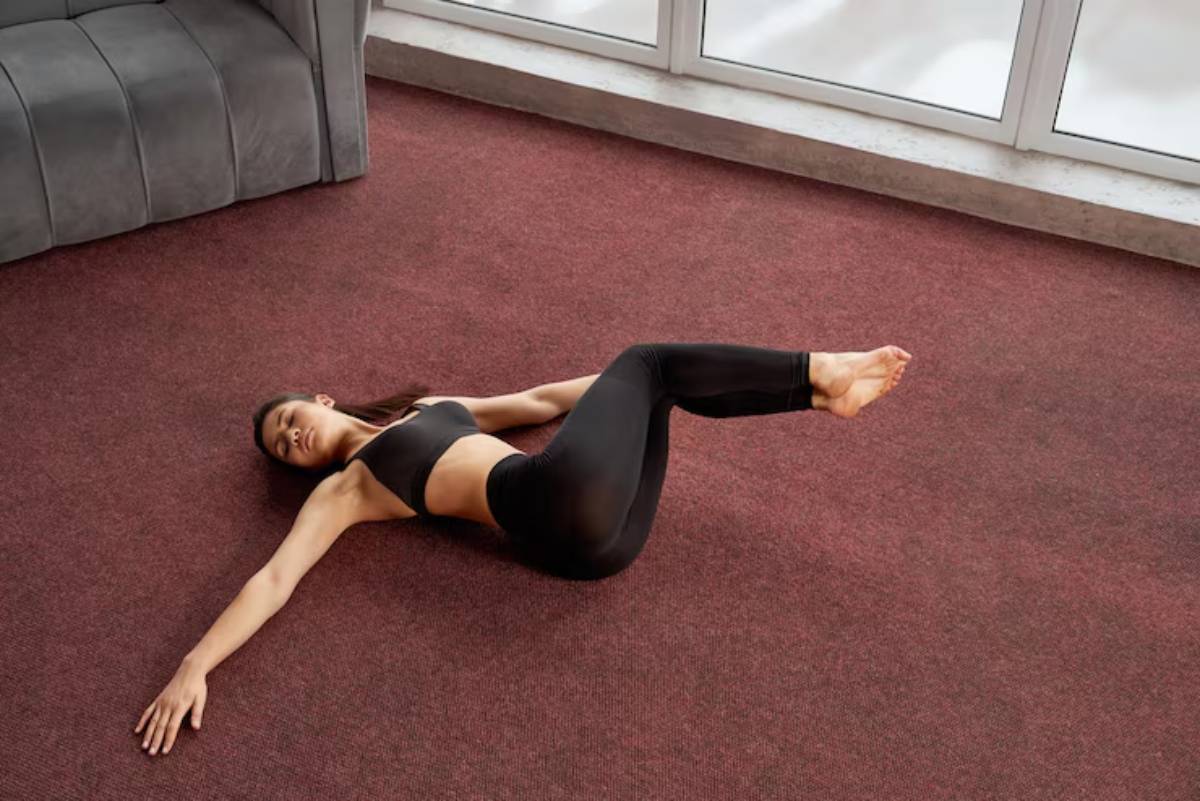
9. Dead Bug Variations
Targets: Core stability and shoulder positioning
Why: You can’t move well if your core isn’t stabilising. Dead bugs teach you to brace without arching your back.
Lower opposite limbs slowly while maintaining contact with the floor and control in the midsection.
10. Bear Crawls or Bird-Dogs
Targets: Full-body coordination, core + shoulder integration
Why: These crawling movements integrate mobility with stability—ideal as a finisher or warm-up bridge into lifts.
How to Use This Mobility Circuit
Pre-Workout: Prep and Activate
Use dynamic versions of these movements—flow through 5–8 reps each for 1–2 rounds. Focus on breathing and control, not speed.
On Recovery Days: Restore and Rebuild
Slow the tempo. Hold end ranges. Combine with breathwork. For example, pair a wall slide with 5–10 deep nasal breaths in each position. Want to learn more? Discover how to pair breathwork with stretching for faster recovery.
Weekly Maintenance: Build It In
Set aside 10–15 minutes 2–3 times per week. Think of it as joint hygiene. The more consistent you are, the less “tight” you’ll feel before lifting.
How to Know It’s Working
Look out for these signs that your mobility circuit is paying off:
- You can get deeper into squats or presses with less effort
- Your warm-ups feel smoother and more efficient
- Your lifts feel more stable under load
- You’re not constantly fighting your body to hit positions
- You experience fewer aches and niggles post-training
Mobility gains are subtle but powerful. You don’t need circus flexibility—you need clean, functional movement that supports heavy lifting.
Common Mistakes to Avoid
Even the best drills won’t work if you get these wrong:
- Skipping mobility because you’re short on time – Just 5–10 focused minutes can save you months of rehab.
- Treating mobility like passive stretching – Movement quality is the goal. Stay active and intentional.
- Doing mobility cold – Get your blood flowing first with a short walk, bike, or jump rope.
- Only hit your tight spots—Stay balanced. Just because your hips feel okay doesn’t mean your shoulders aren’t restricted.
Personalise Your Mobility Flow
Every lifter is different. Some need more hip work. Others battle with stiff shoulders or poor ankle flexion.
Ask yourself:
- Where do I feel limited in my lifts?
- Which joints feel tight or clunky?
- What’s my injury history?
- Do I warm up fully or just rush under the bar?
Start there. Build around it. Over time, your lifting warm-up routine becomes less about “drills” and more about intuitive, high-quality movement.
If you’re already planning your weekly training, it’s worth learning how to integrate recovery into your weekly routine for better balance.
Conclusion: Mobility Is Strength in Motion
Mobility isn’t optional for lifters. It’s not just about feeling loose—it’s about performing better, moving efficiently, and lifting longer without breaking down.
By committing to a consistent full-body mobility routine, you’re not just ticking a warm-up box—you’re actively investing in your performance. You’ll feel better during workouts, recover faster between them, and add years to your training life.
Want to incorporate mobility into your lifting culture? Start small. Choose three drills from today’s list and do them before your next big session. Your joints and your PRs will thank you.

